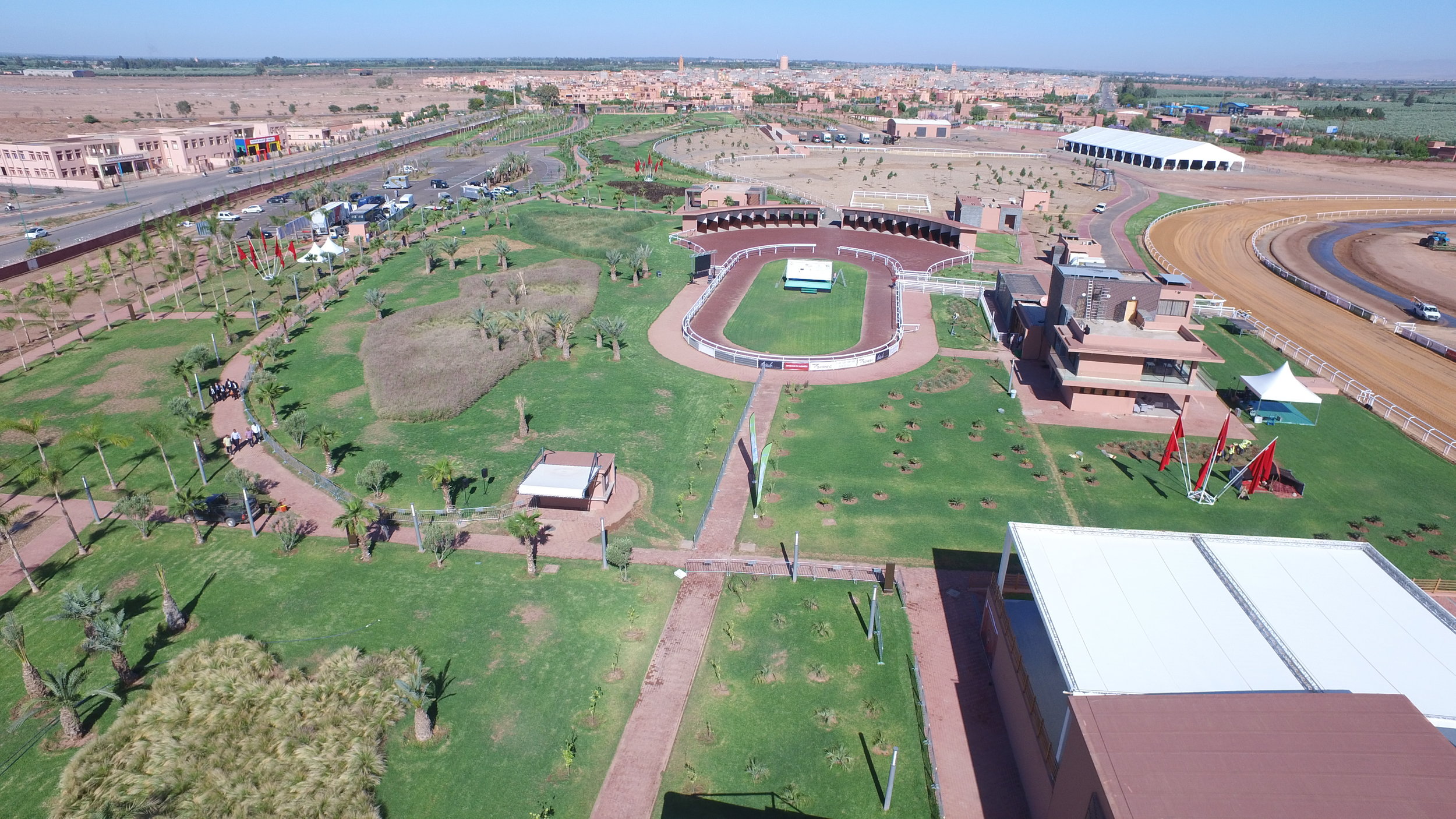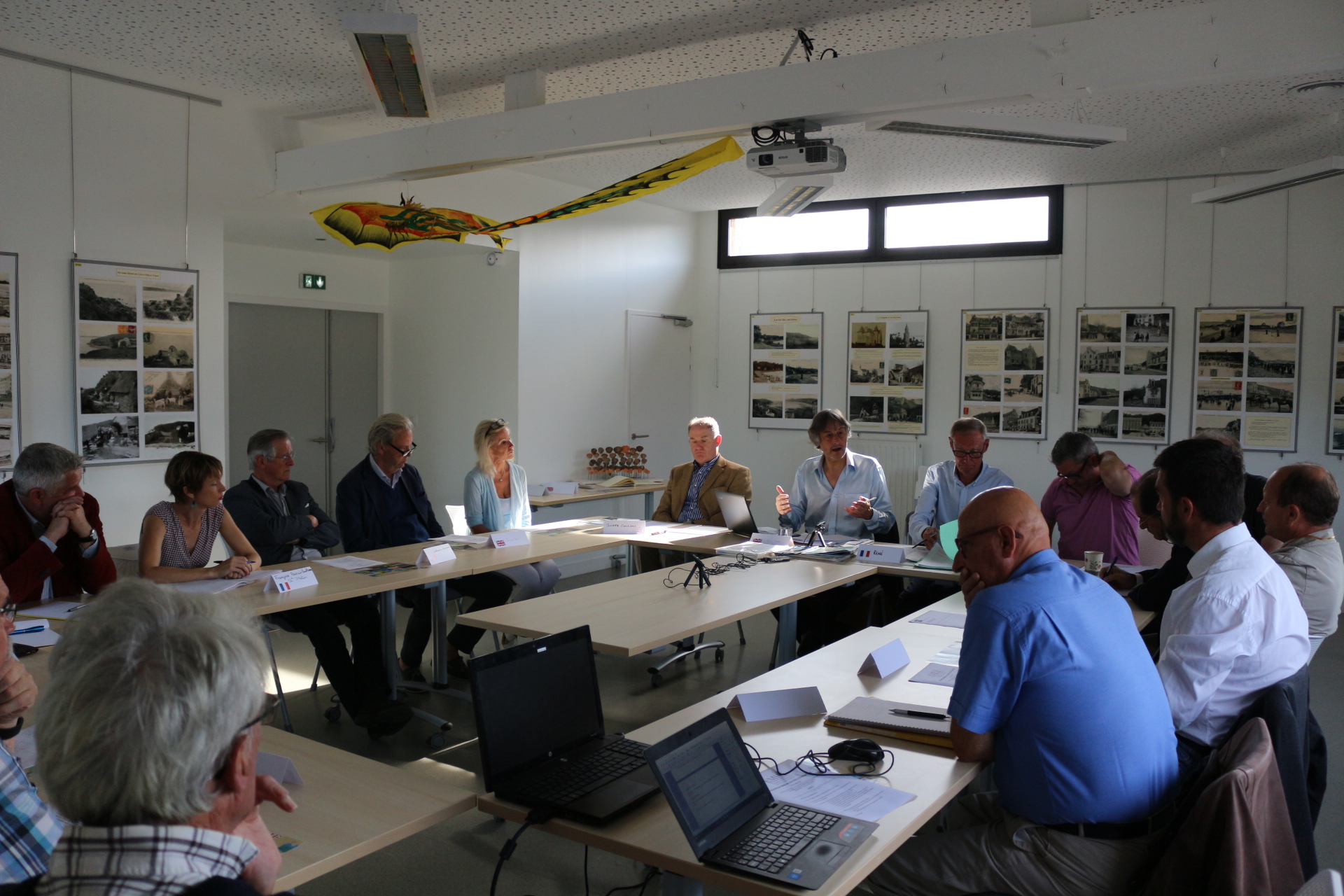News from the European Mediterranean Horseracing Federation 2019 General Assembly
/By Paull Khan, PhD.
To many, Norway is the land of the midnight sun or that of the Northern Lights. But to the race-fan, these meteorological mysteries are incidental—Norway is, first and foremost, home to that enigma, the Whip-less Race.
This year, the EMHF’s General Assembly ‘roadshow’ returned to Scandinavia, where the Norwegian Jockey Club hosted our meeting at the country’s sole thoroughbred racetrack, Ovrevoll, after which delegates were privileged to experience the joyous and colourful processions of Norway’s Constitution Day and also witness firsthand the running of a full card without crops—of which more later.
Our meeting broke fresh ground in a number of ways. For the first time, the press was represented, and a number of commercial enterprises (Flair - manufacturers of Nasal Strips, RASLAB - international distributors of racing data and rights, and Equine Medirecord, who supply veterinary compliance software) joined the social programme and mingled with the administrators. The number of presentations was also increased, from which it was made apparent to everyone, if we did not know it before, that the range of threats we face as a sport is diverse indeed.
Illegal Betting
Amongst these threats is one which to date has had far greater impact in Asia, but whose tentacles are increasingly taking Europe into their grasp. The enemy is illegal betting, on which Brant Dunshea, Chief Regulatory Officer of British Horseracing Authority, gave a presentation. Recently co-opted to bring a European perspective to a task-force set up by the EMHF’s equivalent in Asia—the Asian Racing Federation—Dunshea was shocked at the sheer size of the problem.
Defining ‘illegal betting’ as including betting which takes place in an unregulated environment, (e.g., an off-shore operation which was contributing nothing to the sport and was under the regulatory control of neither government nor racing authority), he presented figures which showed that illegal betting in six Asian countries—predominantly using the betting exchange model—was vast in scale; was increasing faster than its legal equivalent; was funding criminal activities including through money laundering; attracted disproportionately higher rates of problem gambling; was poorly understood by governments and racing authorities and was presenting new challenges for regulators in relation to dealing with race corruption. A decrease in the number of suspicious betting investigations on British betting exchanges had been experienced. It now seemed likely that some of this activity had simply shifted to the illegal and unregulated markets.
This is an issue that Europe cannot afford to ignore. The British Horseracing Authority has committed to replicate the Asian research which will seek to quantify the scale of betting on British racing across illegal and unregulated platforms; and Dunshea took the opportunity to seek other volunteers from other EMHF countries to join in this effort. The task-force aims to produce a plan of best practice to identify and tackle this problem for the use of racing authorities.
Liv Kristiansen, Racing Director of the Norwegian Jockey Club, has been elected to the EMHF's Executive Council.
Dunshea pointed to the salutary conclusion that increasing regulation and taxation of the legal market was not necessarily the answer to the problem and risked the unintended consequence of causing punters to migrate to illegal markets, with their lower margins and (for many countries) a wider and more attractive range of available betting options. Key in the battle will be to engage governments in this discussion, ensure their understanding of the scale of the problem and the interconnectivity between policies in regard to legal betting and the propensity to bet through illegal channels, and try to find a balanced tax burden, alongside sufficient laws and law enforcement effort, to snuff out this noxious menace.
Gene Doping
Gene doping is no longer something from the realms of science fiction but is practiced today. Simon Cooper, co-chair of the European and African Stud Book Committee explained: “DNA can be inserted, substituted, deleted any number of ways—a bit like cut-and-paste on your computer. Gene editing kits can be bought on the internet”. He gave a salutary example of its potential effects. “Mice normally will run for about 800 metres before they’ve had enough. After some mice were injected, in an experiment in Australia, with the stamina protein PEPCK, and genetically manipulated, they ran six kilometres”. The potential to inflict great damage on the sport of horseracing is obvious, and we should be grateful that the state of vigilance among the international racing and breeding authorities is high, with excellent work particularly being carried out in Japan as well as Australia. There is no evidence of nefarious gene doping of racehorses to date—and indeed no belief that it has—but part of the problem is that we cannot say unequivocally that it has not happened, because there is as yet no test to determine whether or not a horse has been subjected to this technique. This is the main focus of research, which will, if and once successful, be made available to Stud Books, as gatekeepers of the breed and racing authorities around the world. “Once DNA is changed, those changes are passed on”, added Cooper, so the more time that passes before detection, the greater the problem. Prevention, rather than retrospective identification, must therefore be the aim. It is believed that the most likely point at which genetic engineering would be carried out on a horse would be between conception and birth. A takeaway message from Cooper was that the racing world should shout loudly and clearly that its authorities have anticipated, and are prepared for, gene doping. Making those who would seek to cheat aware of this fact should, in and of itself, dissuade them from so doing and thereby reduce the risks of this nightmare ever becoming a reality.
Jockeys’ Mental Health…
TO READ MORE —
BUY THIS ISSUE IN PRINT OR DOWNLOAD
WHY NOT SUBSCRIBE?




















